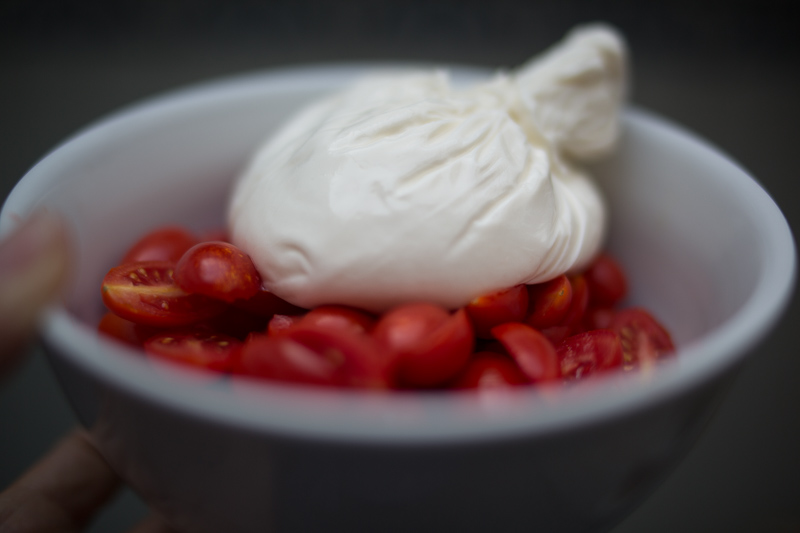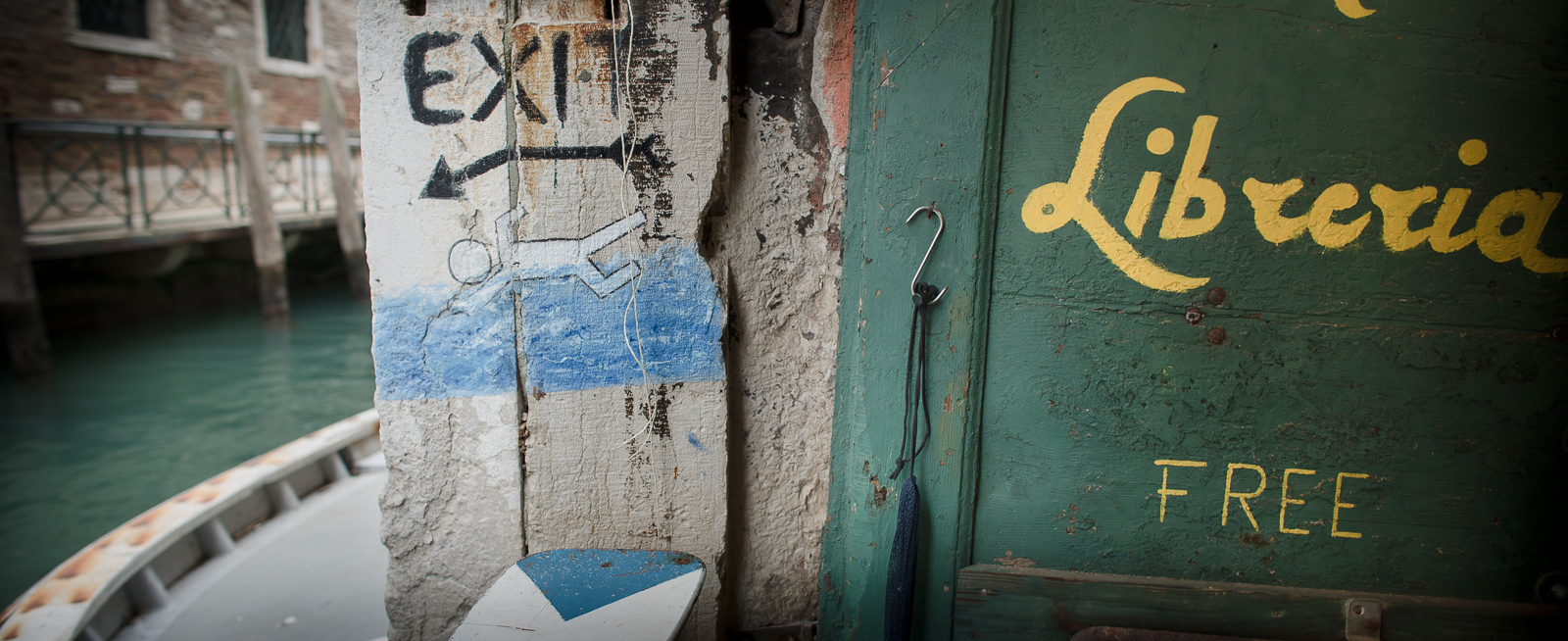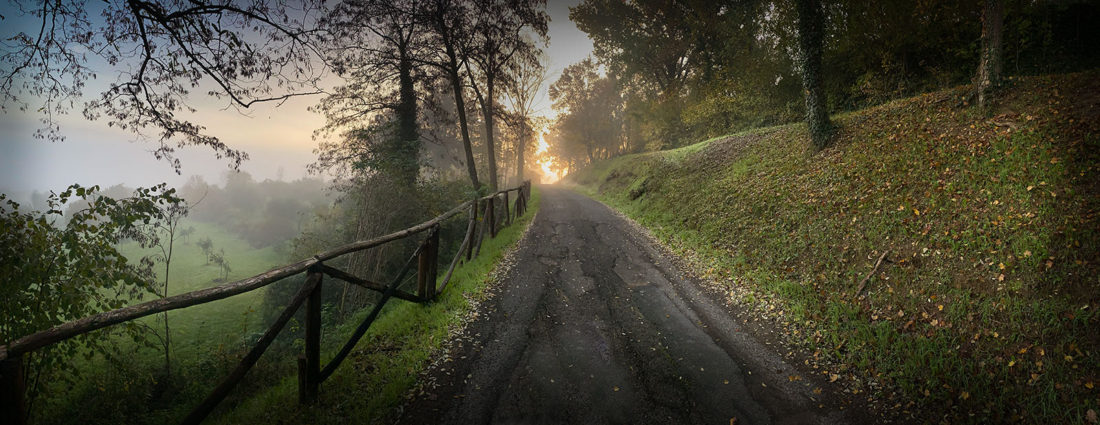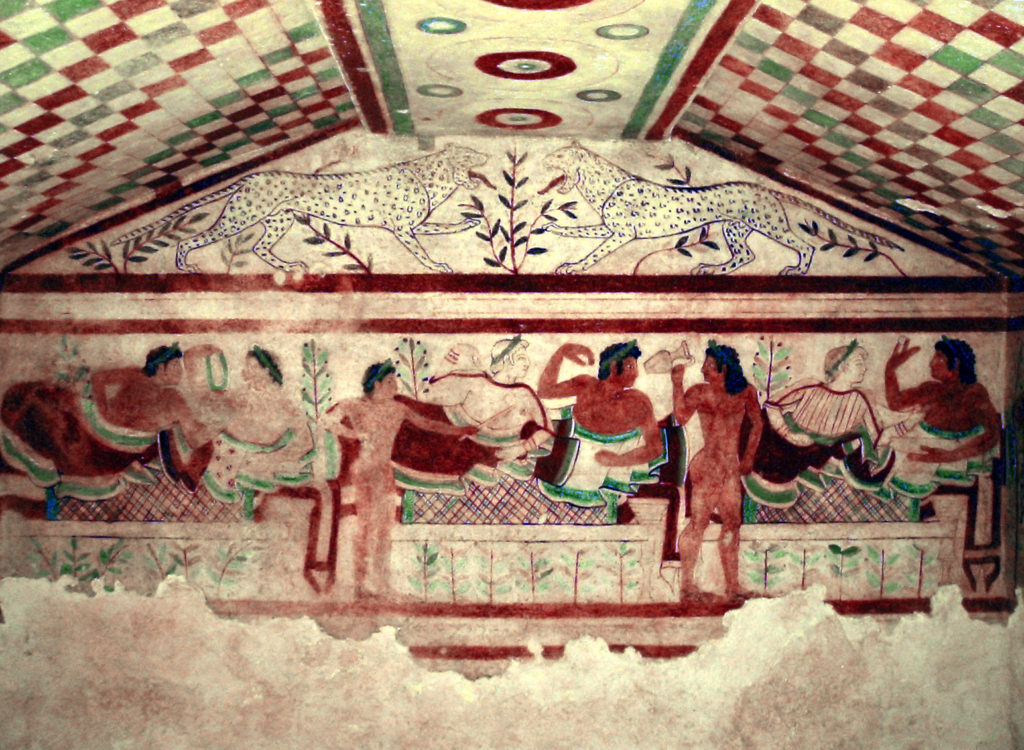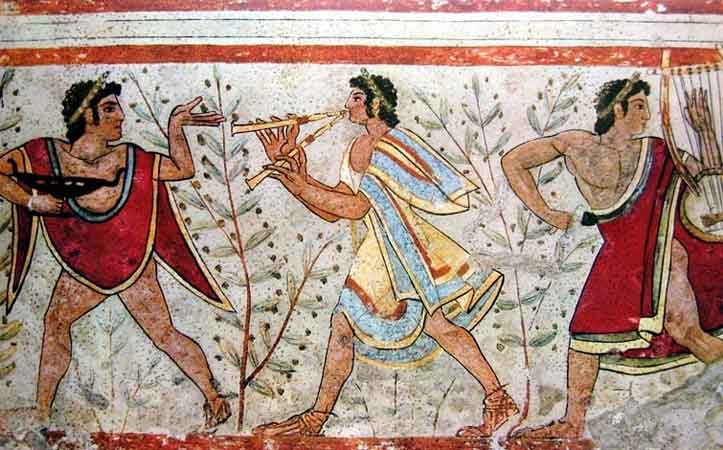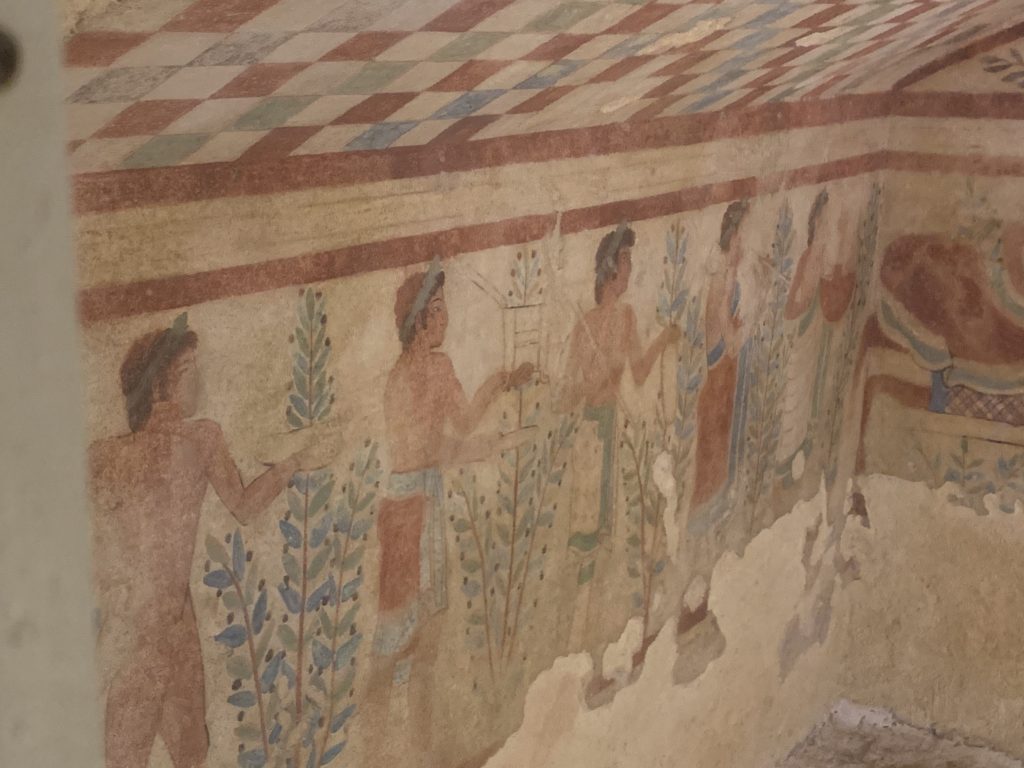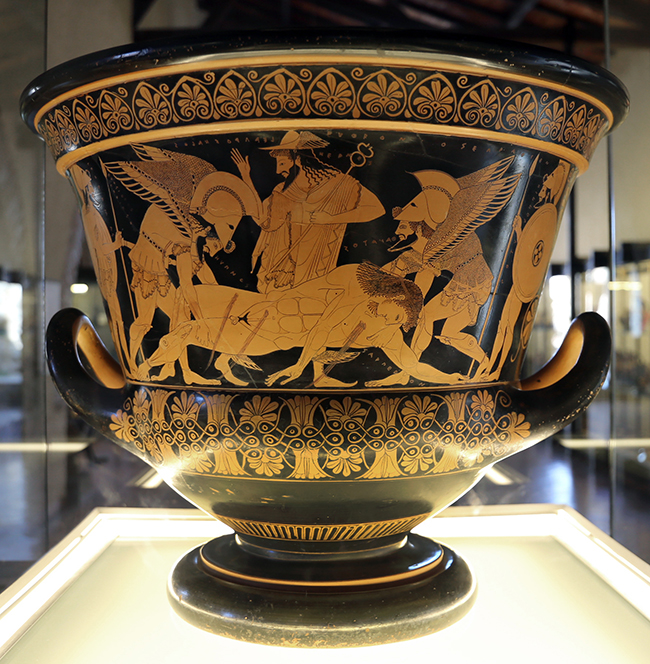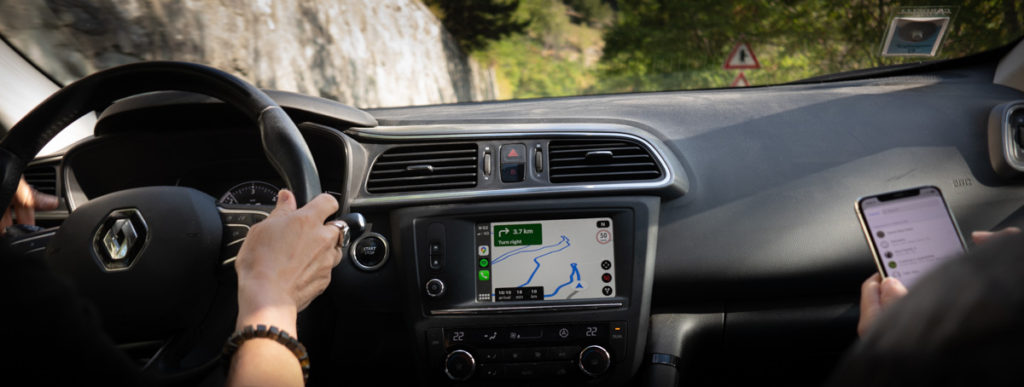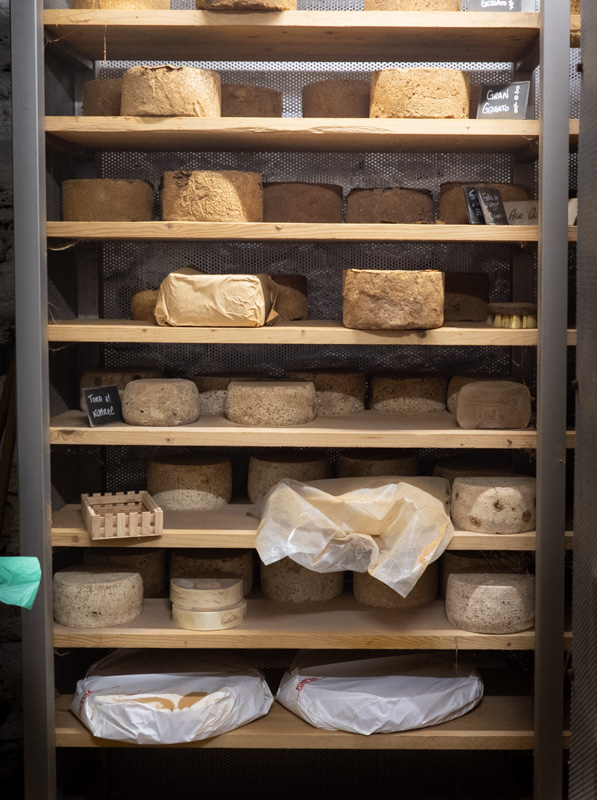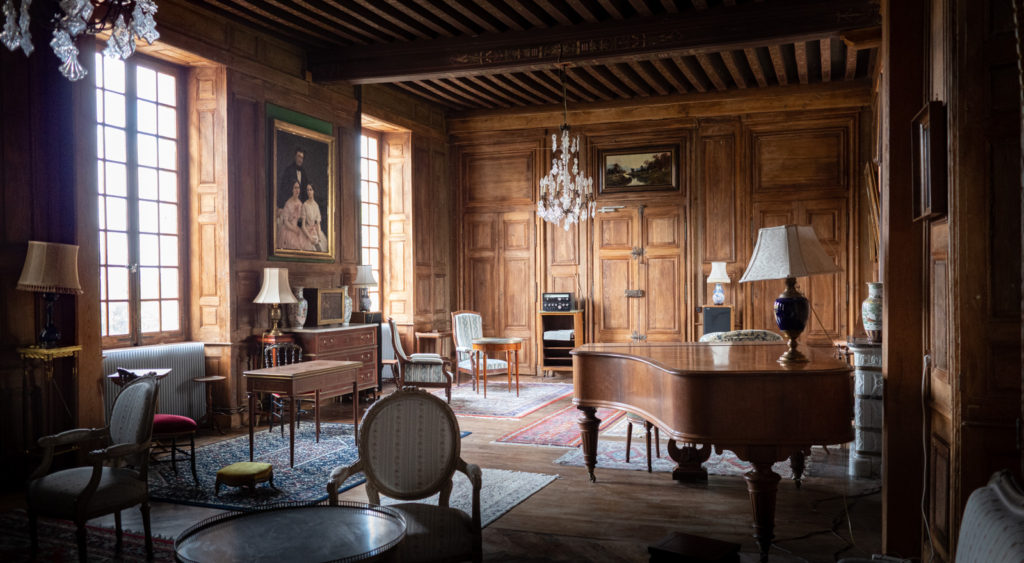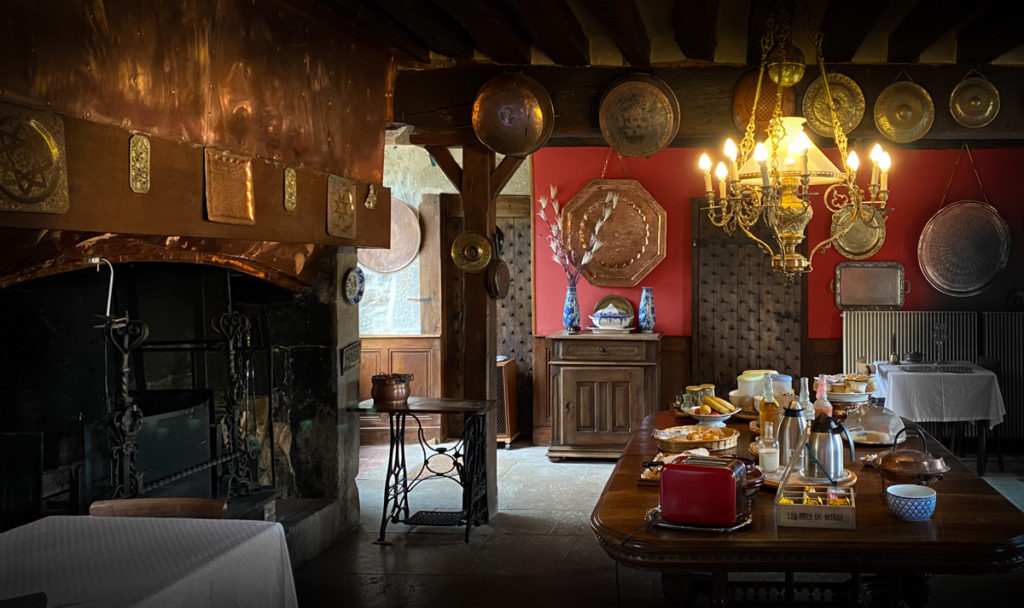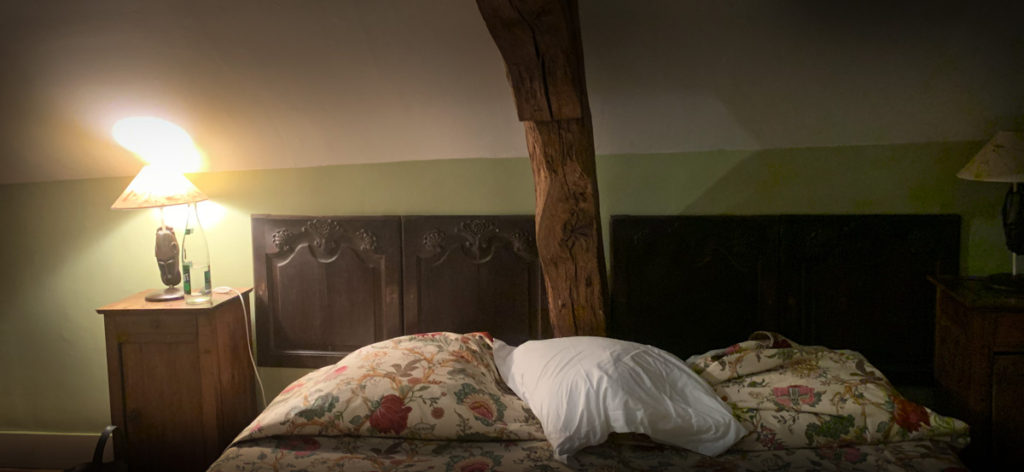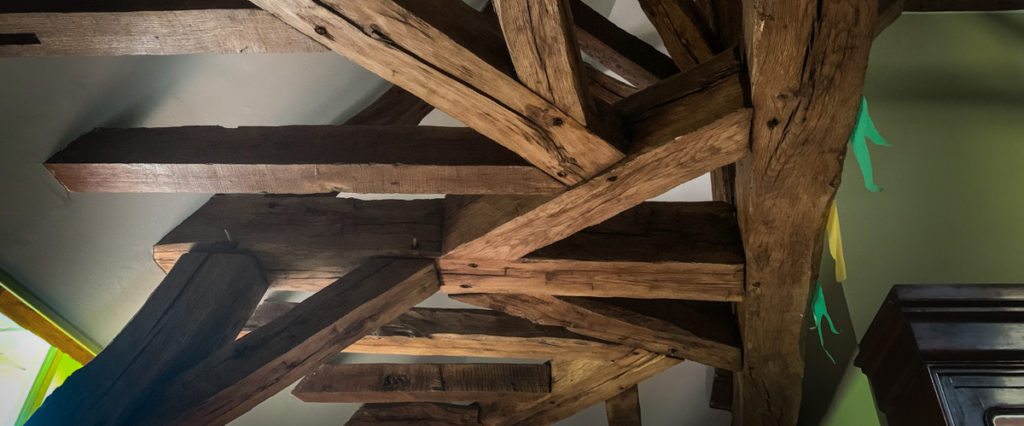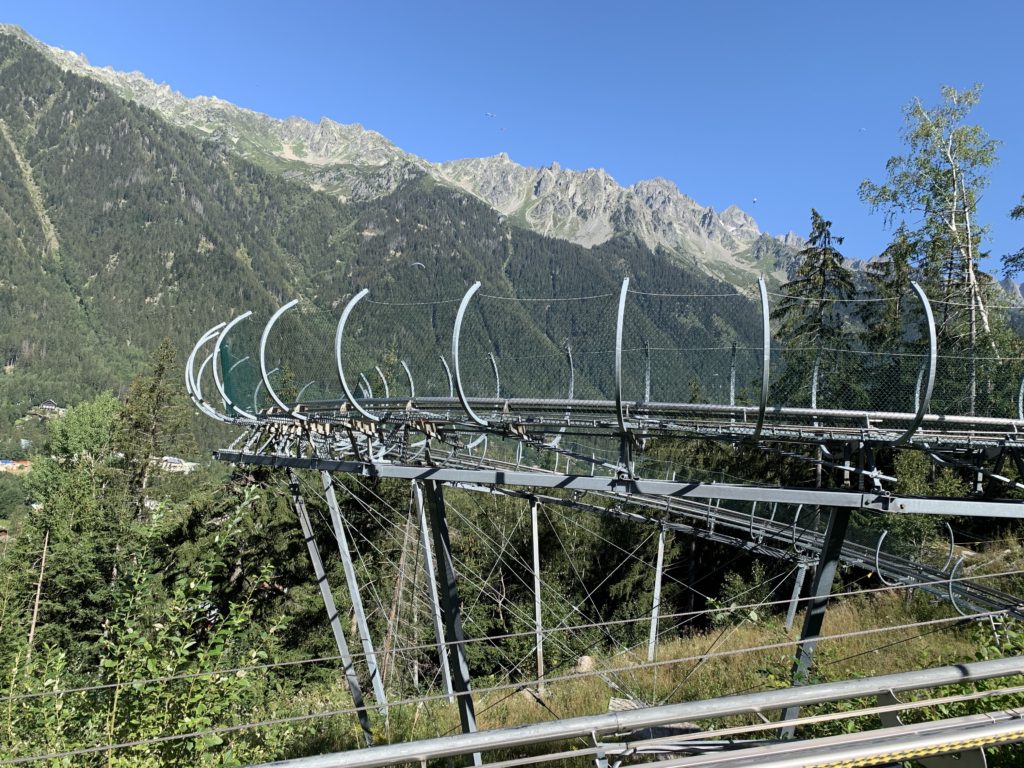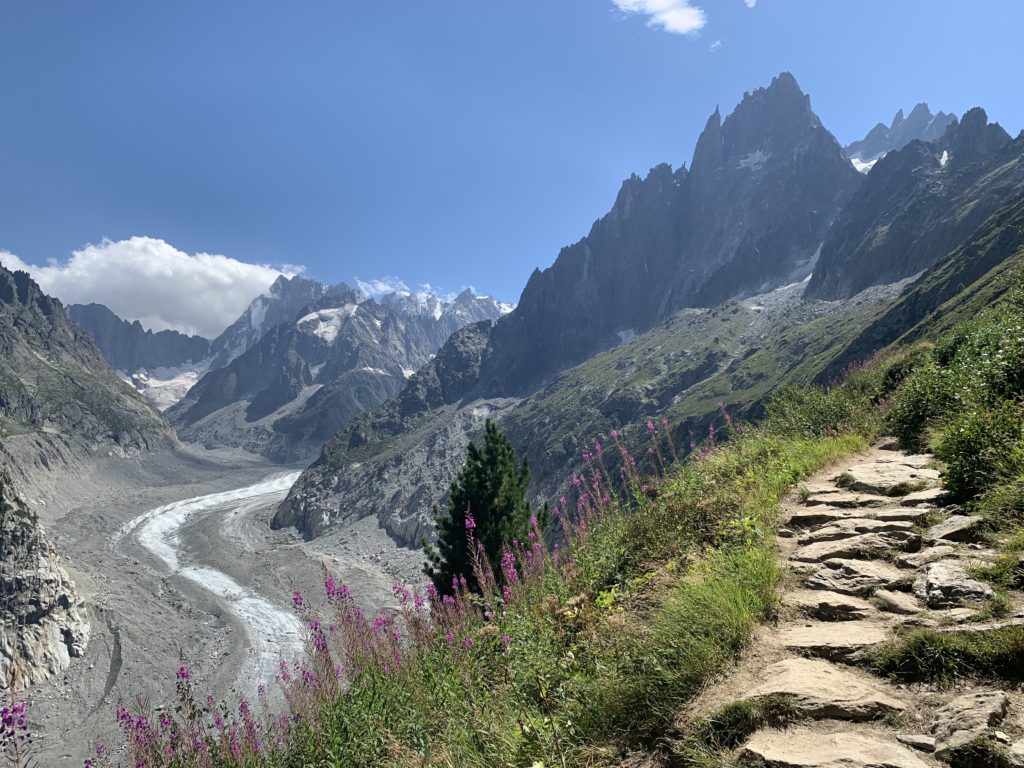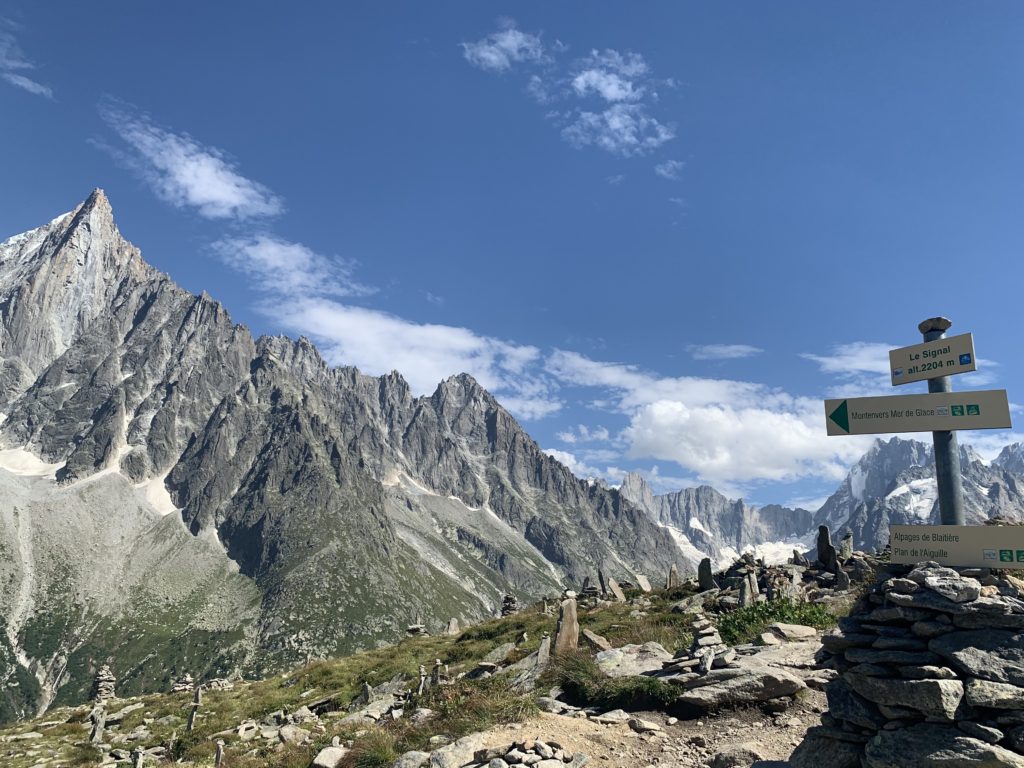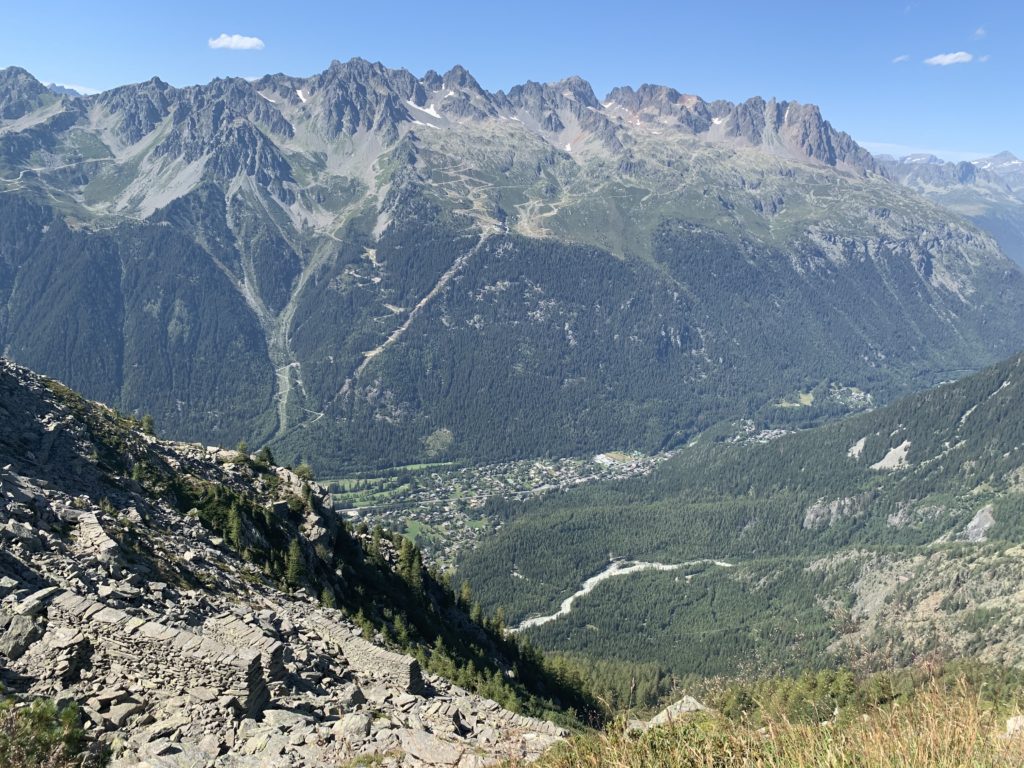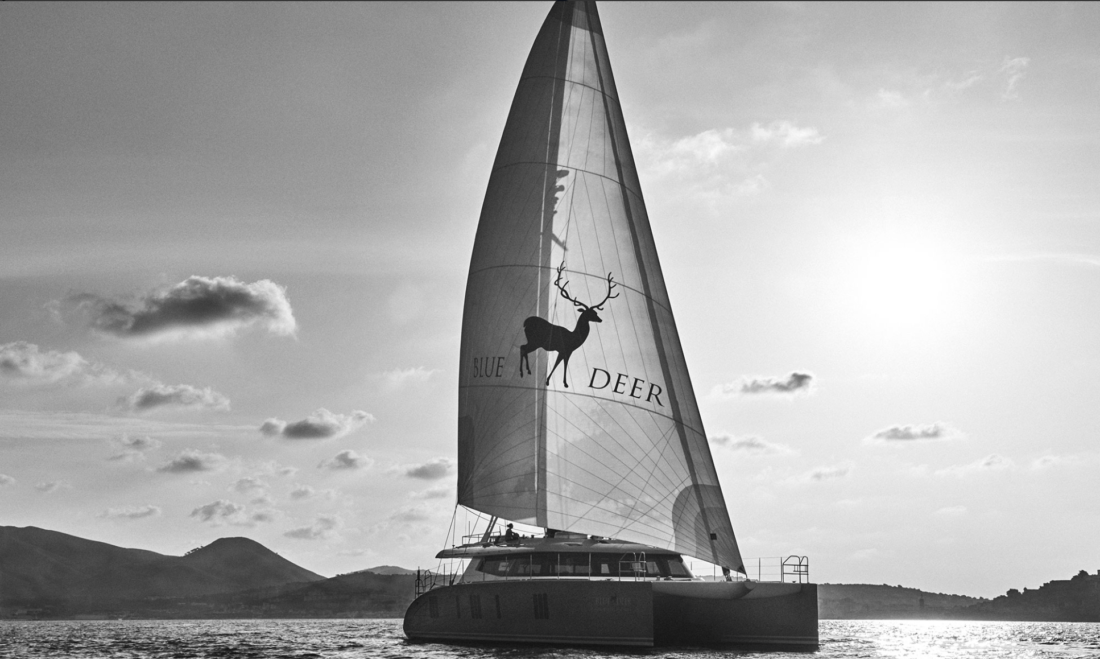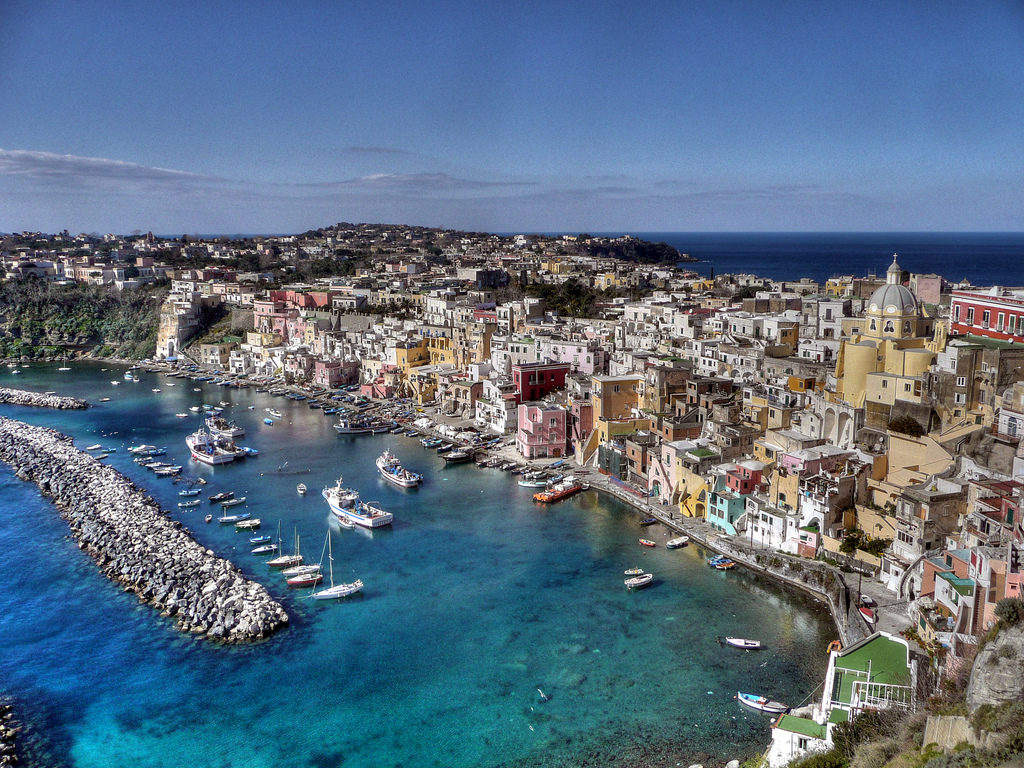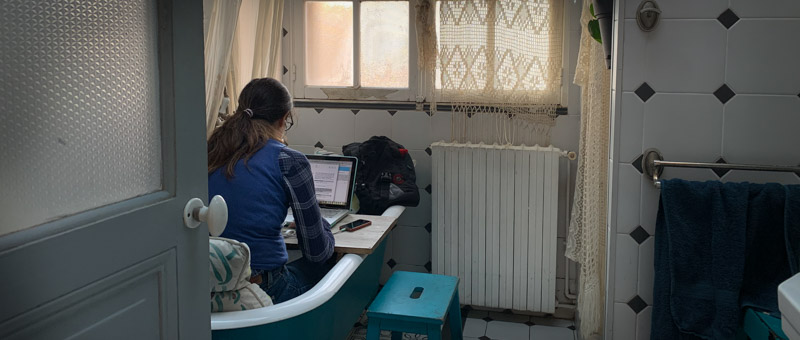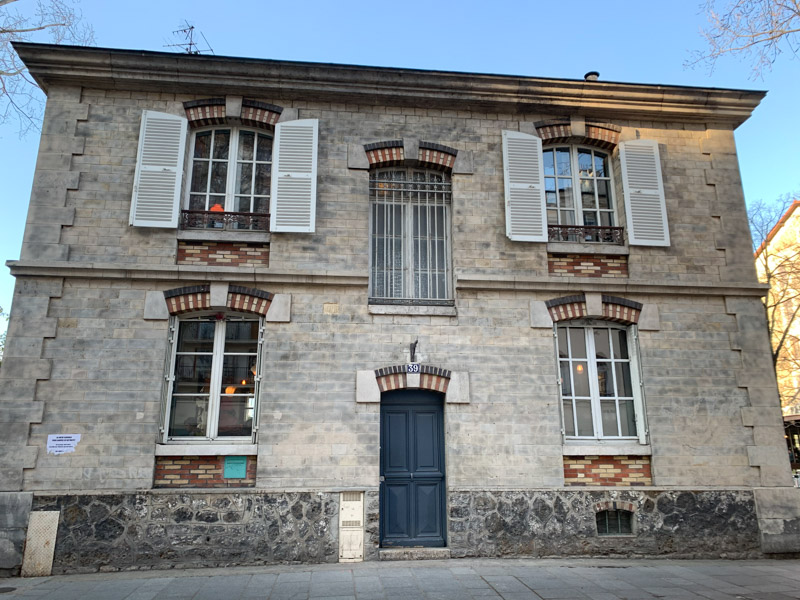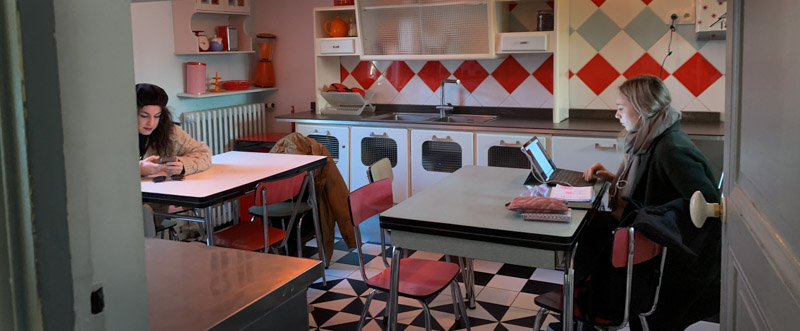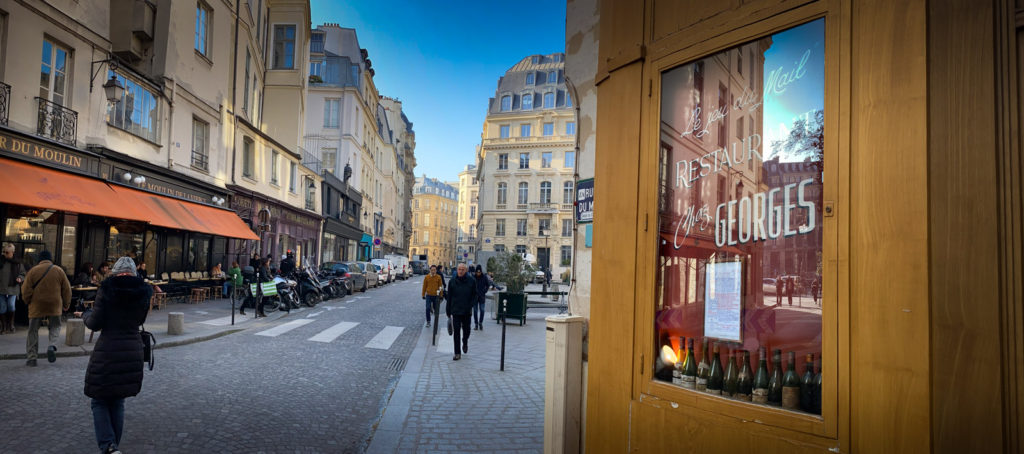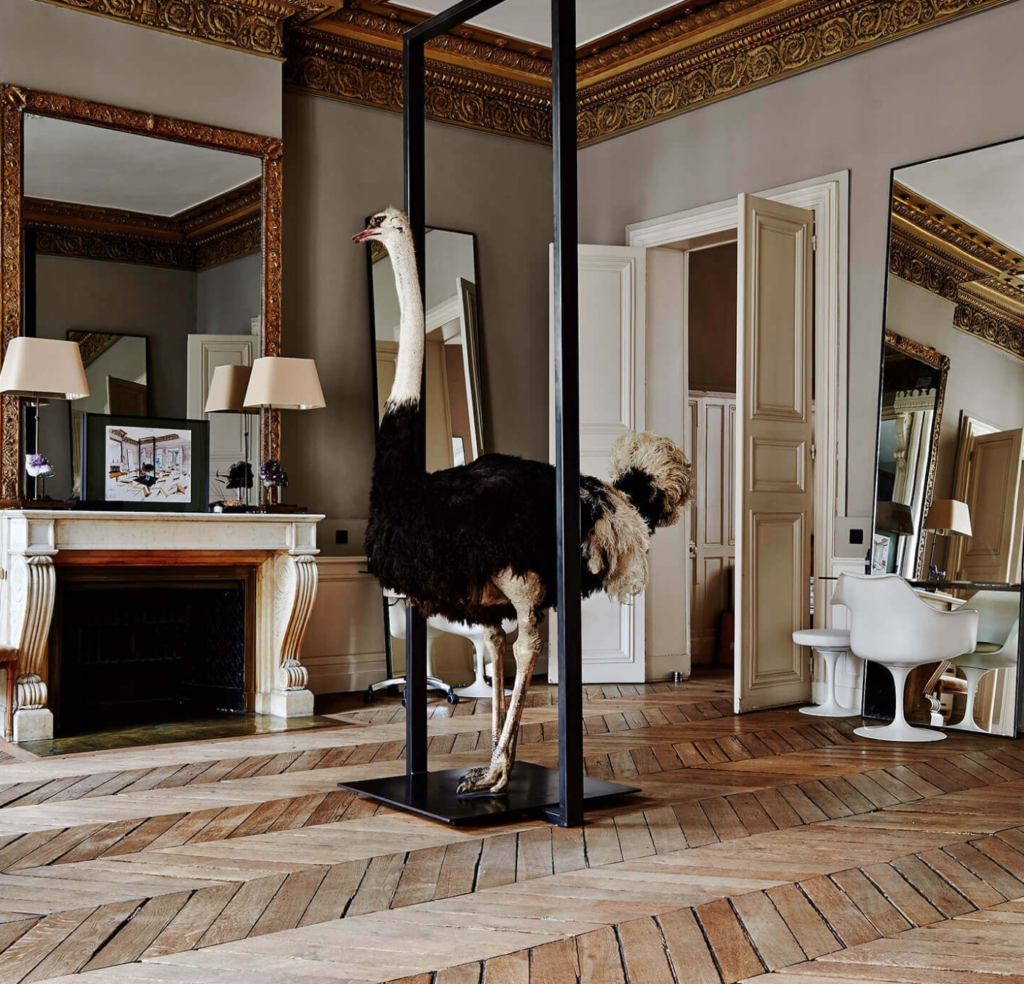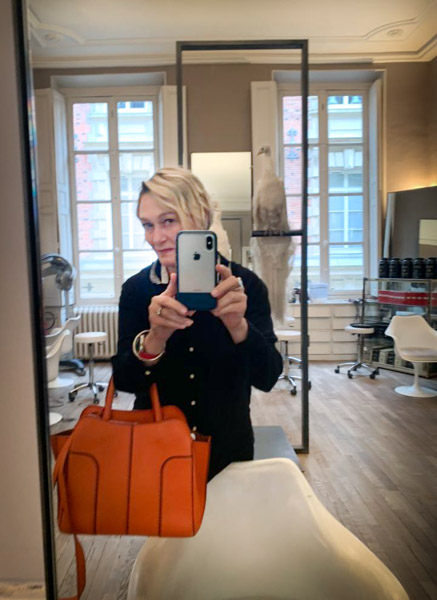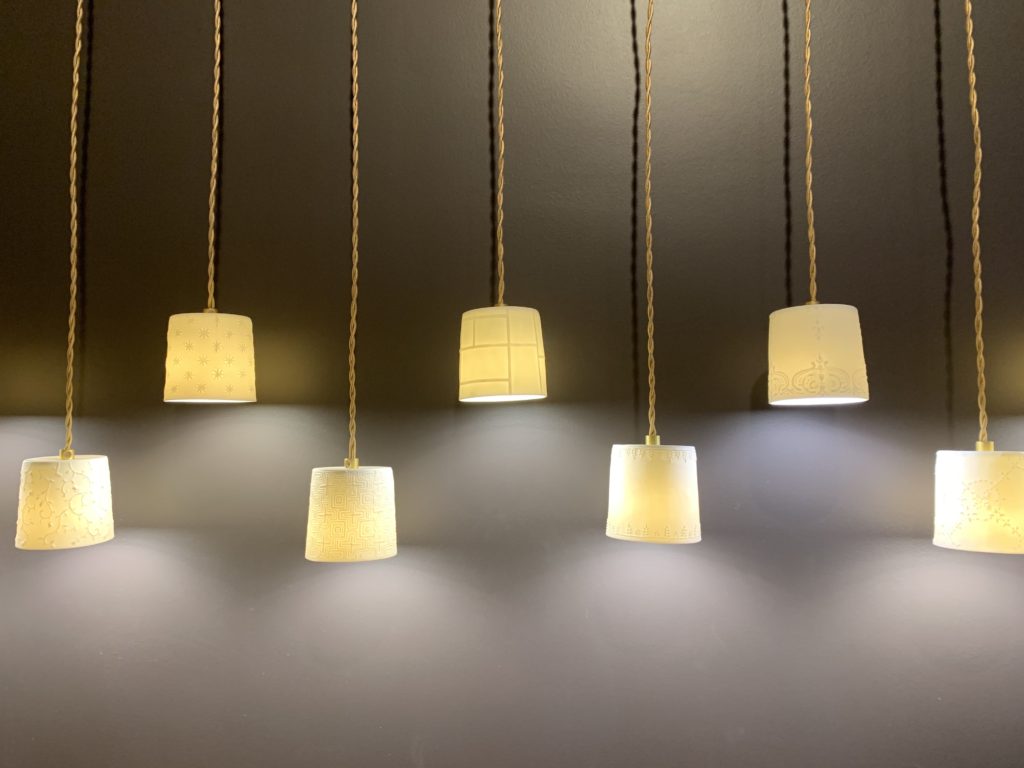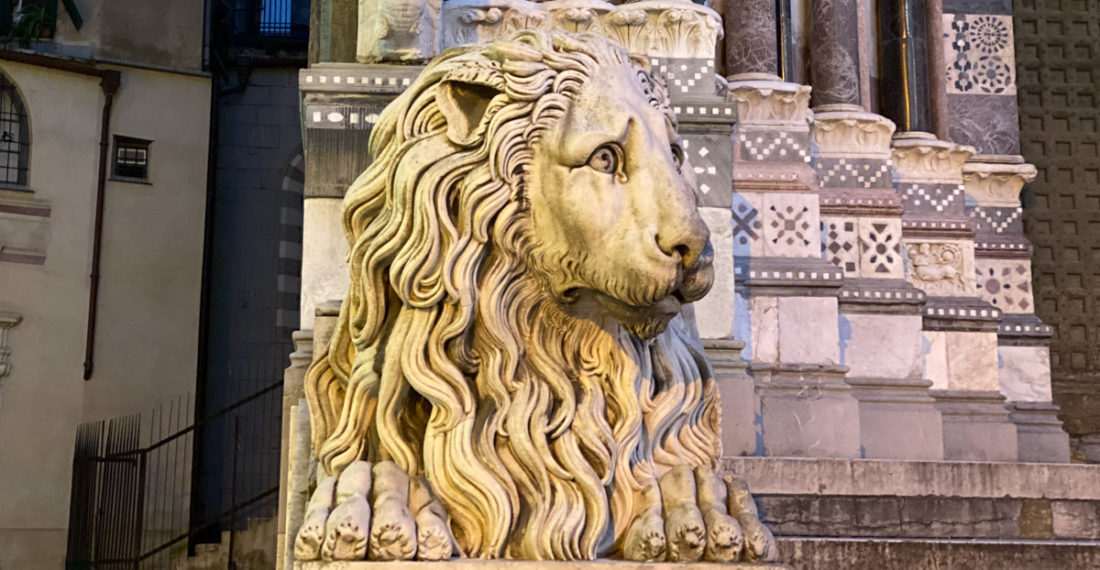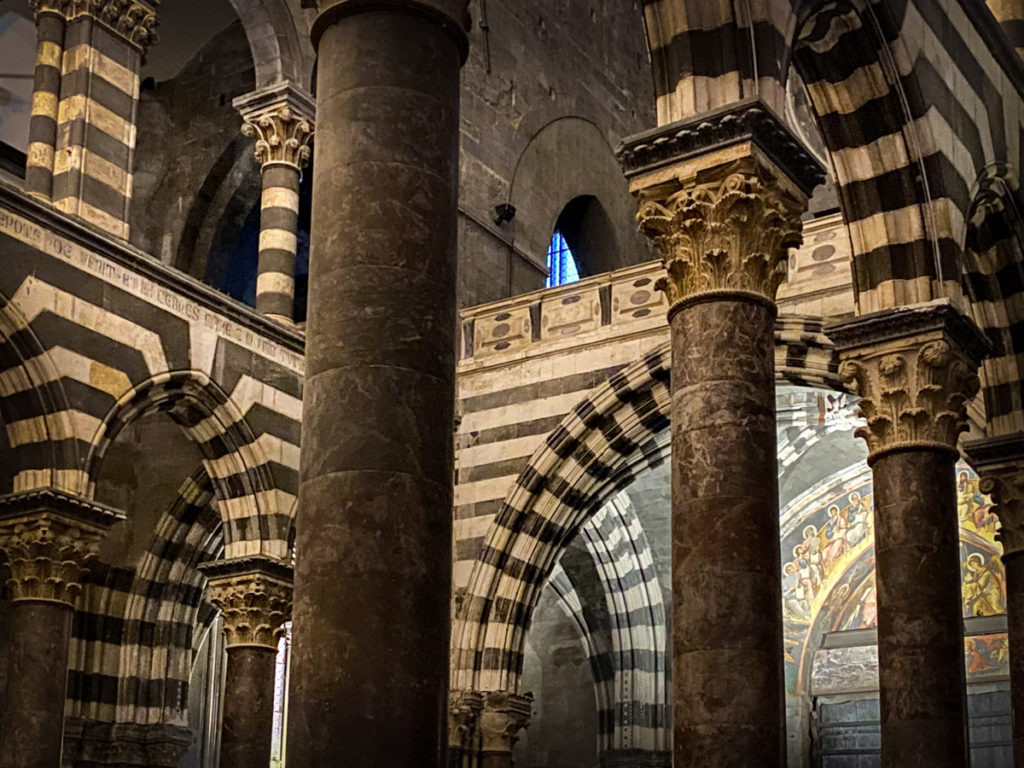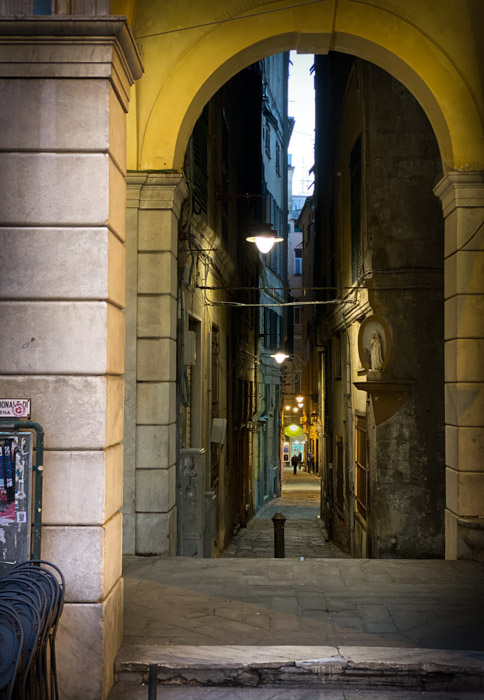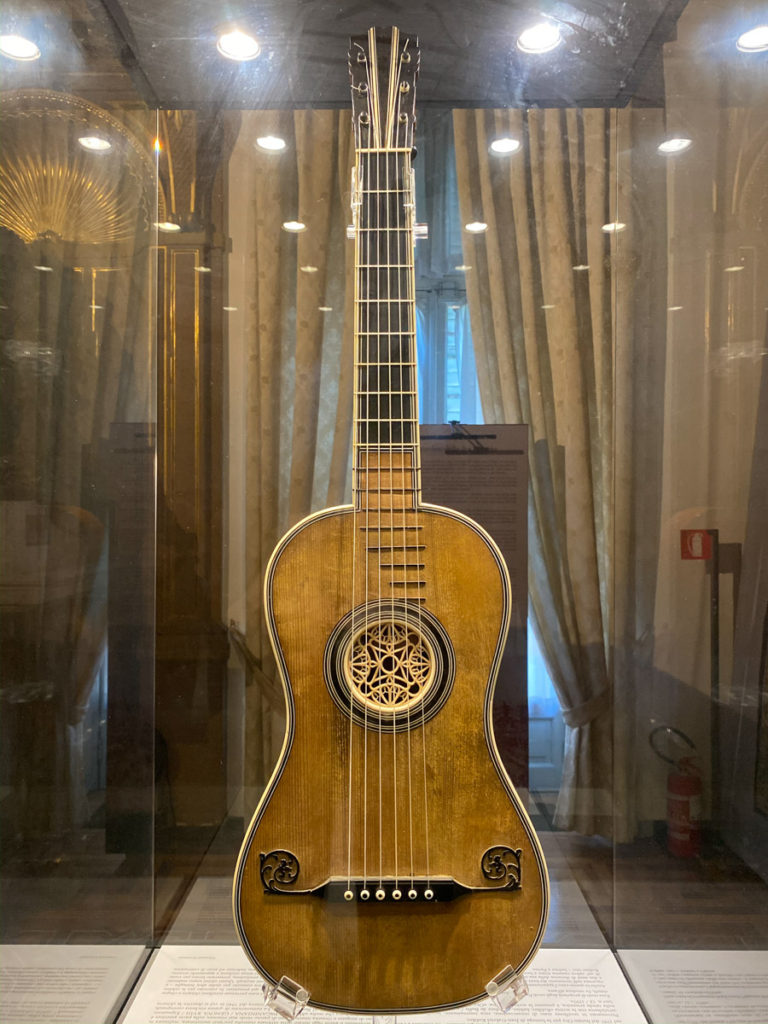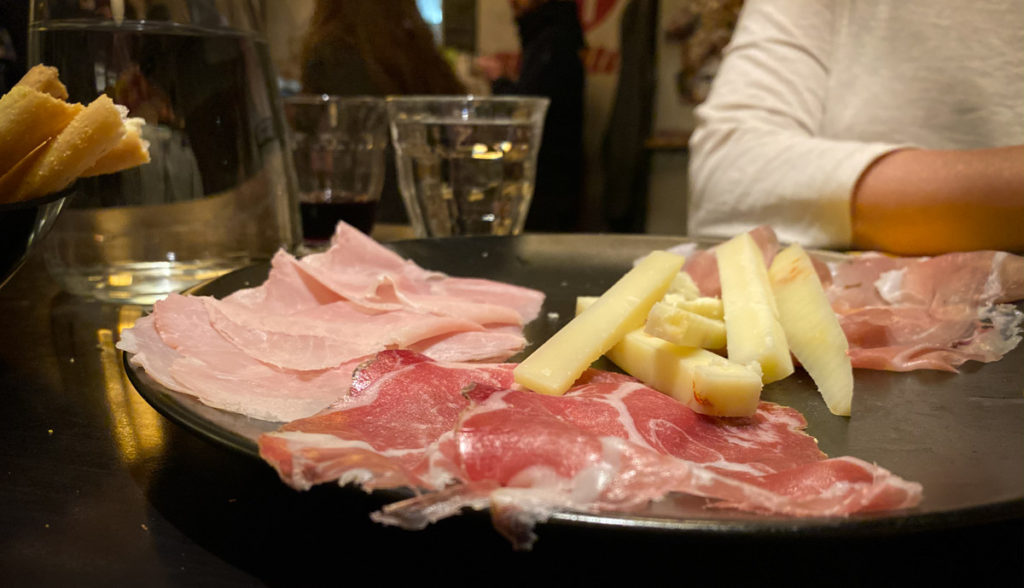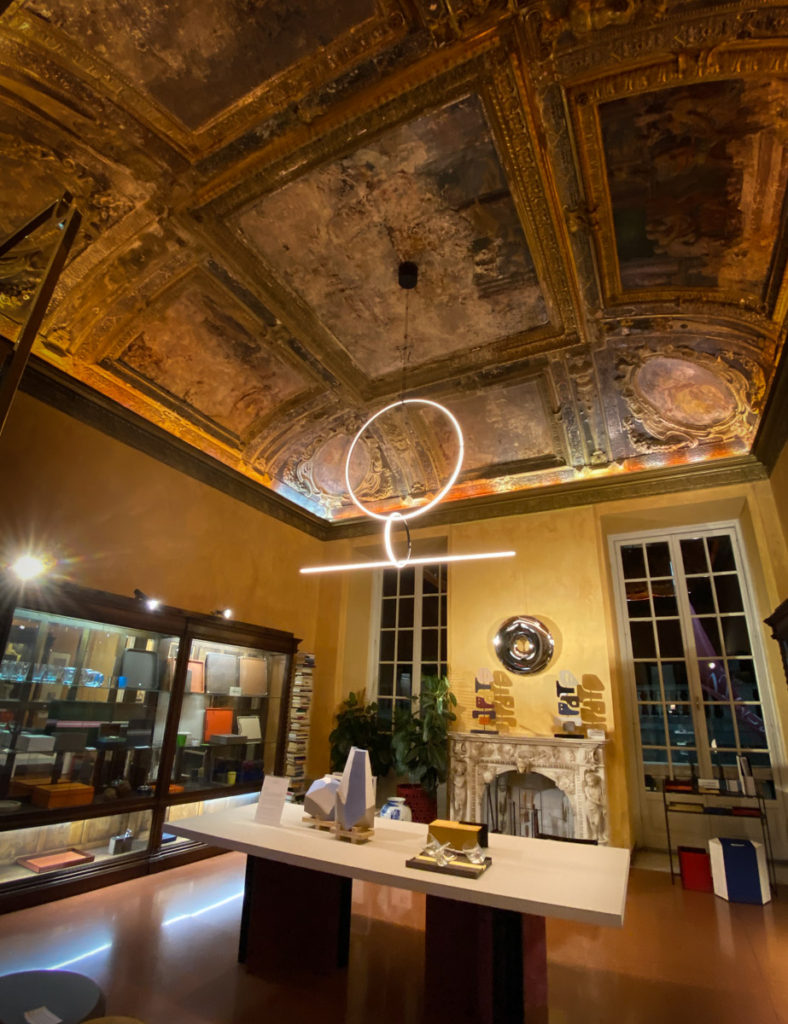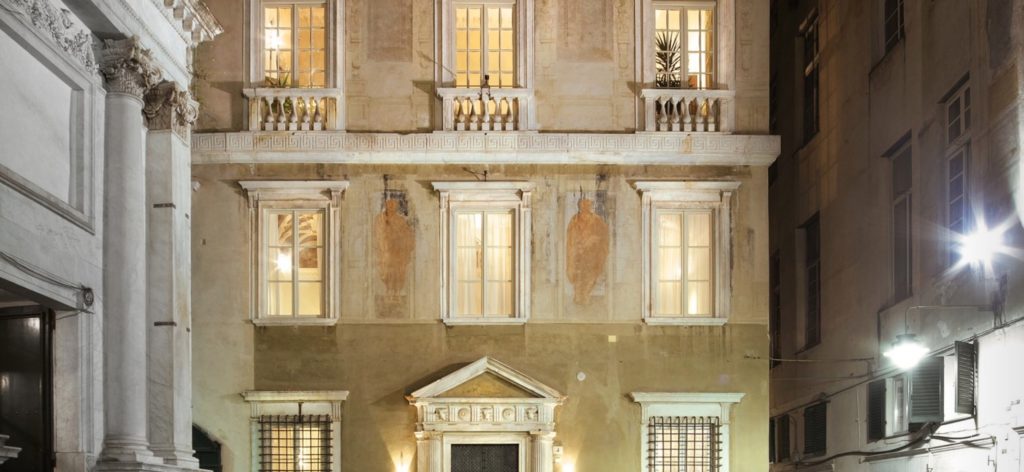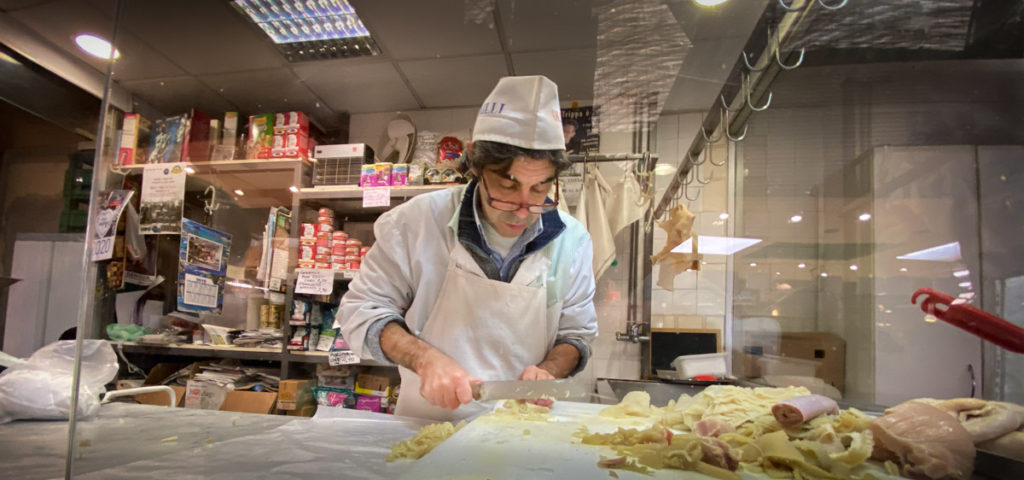Are some places cursed?
We had to ask ourselves this question about a bucolic, beautiful, tiny island in the Stockholm archipelago, Rödlöga, four hours by ferry from the capital. The reason we’d even asked ourselves this question is because a friend, the inimitable Meg Ray, baker extraordinaire, author, and founder of Miette bakeries in the San Francisco area, loves this island and she’s run a small cafe on it for a few weeks every summer for five years. In a cafe with no running water, indoor plumbing, or electricity she is able to work magic with a generator to power a clunky oven and convert Baltic sea water for kitchen use. She loves this place so much that last summer during the uncertainty of Covid travel restrictions she rode her electric bike from Paris, where she lives half the year, to Stockholm as to not miss a summer at the cafe.
So we had to find out more and planned a trip with a couple of friends to visit and film in June. Even in the planning stages odd things began to happen. One of the crew that our director friend had booked stopped returning phone calls and never surfaced again—a first for all of us with years of production experience. Another crew member pulled out at the last minute; a friend who was going to come found out her Italian visa had expired, and if that wasn’t enough, fell off a rock wall onto a rock staircase and had to go to the hospital for stitches on her face. A friend’s child had a school crisis that almost derailed the June trip, and ultimately we had a health emergency that precluded any travel for John and me.
Despite all of this a brave skeleton crew persevered with the June trip, including Donella, and they had a complete immersion into the Swedish island summer lifestyle. Donella ended up loving it so much that she stayed for the rest of the summer to bake in the cafe with Meg, so in late August we were quite confident that the curse had lifted and it was safe to proceed with a trip. We ignored that one of the chefs had just been thrown off the island, almost literally, for outhouse misuse—”You and your stuff will be on the 4:30 ferry or all with be thrown into the sea.” And that Balthazar, the commercial oven, broke down and needed a hard-to-get part, leaving the crew to bake in the few private ovens around the island. And that a staff member had a mental health crisis and needed to leave the island.
But still believing in rationality over curses John and I landed in Stockholm, a city of water, bridges, islands, inlets, ferries, and boats. We checked into the lovely Hotel Lydmar, directly across the street from the ferry to Rödlöga. The next morning we boarded the Sjogull, or Seagull, which was the cutest ferry I’ve ever been on, complete with potted plants on the tables. Islands unfolded as far as the eye can see, reflected in the calm Baltic, with larger and more formal Swedish summer homes giving way to smaller cabins the further we got from Stockholm. Two colors dominated, the now-protected shade of Swedish red, which originally was a stain created from the remnants of iron mining, and a golden shade of yellow, which was a color used by the wealthier families who had gold mines and could use the runoff as a paint stain. Common to all were the small, individually-built sauna buildings located to make the jump into the cold Baltic a short step away from the sauna—tiny, doll-house like echoes of the larger houses they were paired with. Here the Baltic is so far inland and distant from the ocean that it’s half salt and half fresh water and there are no tides, so buildings are only a foot or so above water level, making for an intimate relationship between the buildings and the sea.
The archipelago numbers somewhere around 25,000 islands. I asked a few Swedes what counted as an island—when we were on the ferry we saw rocks barely breaking the surface with only room for a couple of seagulls to large inhabitable islands—but no one I asked was certain of the definition. Although undefinable in number the islands are undeniable in beauty. The rock formations are smooth and undulous. The glaciers shaped this landscape, which is still rebounding from the weight of the ice; the elevation raises by three millimeters every year. Something about the newness of the landscape, which only emerged in today’s recognizable form during the time of the Vikings, feels otherworldly and distinct to this part of the world, like the glaciers have only recently retreated.
The ferry pulled into Rödlöga and our suitcases were loaded in a wheelbarrow, the only way to move things around the island. Rödlöga is inhabited for six to eight weeks during the summer months by Swedish families, many of whom have been coming here to family houses for generations. There are about a hundred houses scattered across the island, some located on nearby small islands accessible only by private boat. The tiny harbor with its circle of red wooden houses and buildings and large boulders was gorgeous.

It had been misting and we were instructed about how to walk across the glistening, perfectly smooth large granite formations which were as slippery as ice. Our red wooden guest house was the size of a shed, with twin beds head-to-head. Water for washing and drinking was pumped from a green hand pump in the yard. The lengthy instructions for the outhouse were intimidating. Let’s just say that liquids and solids go in different places and must never meet. Not taking this seriously is what had caused the chef to be cast off the island. Any bathing during our visit would need to happen in the Baltic. Poisonous snakes and ticks were rumored to outnumber the people and were taken seriously as Lyme disease was prevalent.
Meg was drawn to the island because she relishes a challenge. She wanted to take this rough gem and with the help of the locals—including a long history of the island teens working at the cafe—marry traditional Swedish cuisine and baking with her experience and creativity. When on the island Meg lives in a tiny cabin about a ten-minute walk from the café and when she walks to work at 4 a.m., in broad daylight, through the trees and along the water she tries to get a sense for the weather to determine if the ferry will be crowded and how many people will be arriving on sailboats for lunch to plan for how much bread and food they need to make.
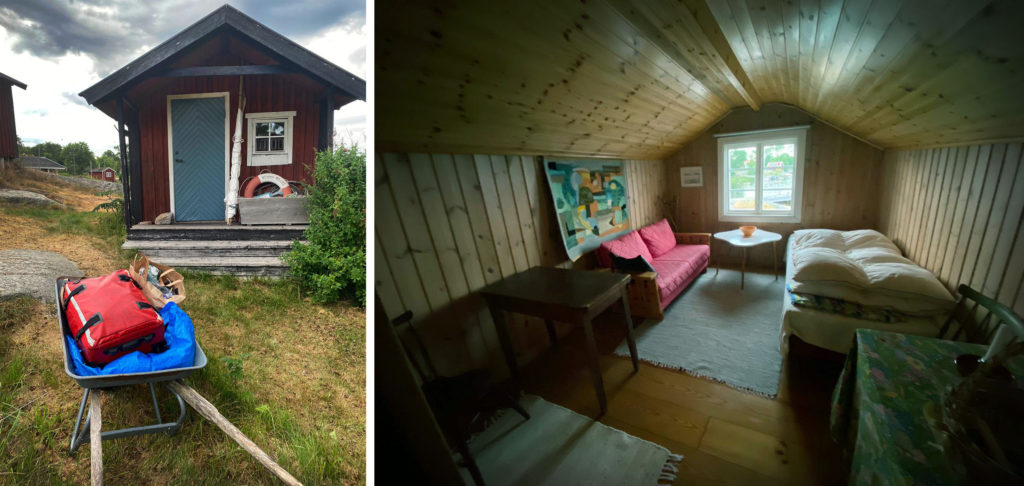
Donella’s cabin next to the sea
Watching Meg and Donella at work was like seeing a dance unfold. The two of them working almost wordlessly with Edith Piaf’s “Je Ne Regrette Rien” blasting on the speakers, simultaneously making multiple delicious things based on their drawers full of sourdough starters: Doughrien Greg, the rye starter; Tillsbury Doughgirl, or Tilly, for walnut and raisin bread; Hank The Farmer, used for a simple milk bread; and Love for the cardamom buns. The baking was fueled by strong coffee, seemingly the national drink of Sweden. On Meg’s first year on the island the coffee machine broke and she had to figure out how to rig up a new one using gravity and water heated by the sun.

Some of Meg and Donella’s creations
Meg has fallen in love with fermentation and Sweden is a good place to explore it. She’s been experimenting in new types of sourdough as well as pickled vegetables, kombucha coffee, and fermented ginger beer. With such a short growing season the Swedes had to master food storage to survive the long winters, going back to ancient times. Remains of fermented fish stored in an early Mesolithic settlement in eastern Sweden that date from 9200 years ago were recently found, according to the Journal of Archaeological Science—the oldest fermented food yet discovered. Today, Sweden offers sourdough hotels for bread-baking travelers to drop off their sourdough starters to be fed while they are out of town. One is conveniently located in Stockholm’s Arlanda airport.
We got invited to go out on a 1930s wooden boat with the photographer shooting Meg’s cookbook, Tomas Södergren, which revealed the island to be even more beautiful by water.
Settled into our red cabin and watching our daughter work while we idled we assumed all was good, but before we were able to eat our first cinnamon bun the curse continued. Meg revealed that she’d been having nerve pain in both arms and that her fingers were getting numb. The nurse on the island insisted that the medical helicopter come and take her to the hospital to be checked out, and as she’d recently had a tick bite and had had Covid in the winter, there were a lot of possibilities for what could be causing her symptoms. She arrived at a small local hospital by helicopter in the evening and at 2 a.m., after they determined she wasn’t dying immediately, the doctor told her she had to leave despite the fact there were no hotels open and she knew no one. She successfully pleaded for a morning release, we went to work finding her somewhere to stay on the mainland as she was in excruciating pain, and we set to work trying to pack things up on the island as it was clear she wasn’t going to be able to come back to finish up the remaining week that the cafe was scheduled to be open.
This is where I wish I could say the island banded together to help and support Meg but sometimes things in tiny towns get complicated. Usually when someone wants to improve somethings there’s a group that prefers the old ways, and they came out in force, voicing in equal parts that store-bought bread had always been just fine and frustration that Meg wouldn’t be there for the final week or so of the season to continue to bake fresh bread and pastries. It got uncomfortable enough that we were all delighted to board the ferry back to Stockholm, complete with all Meg’s bags.
Meg is now back in the California working on finishing her cookbook about her experiences in Sweden and trying to solve her medical mystery.
A few finds from Stockholm that were a highlight of our trip—two nursery and garden centers with lovely restaurants featuring produce grown on site, Rosendals Trädgård and Ulriksdal Trädgårdscafé. We stayed at the Hotel Nofo which was lovely.
And we now believe in curses.


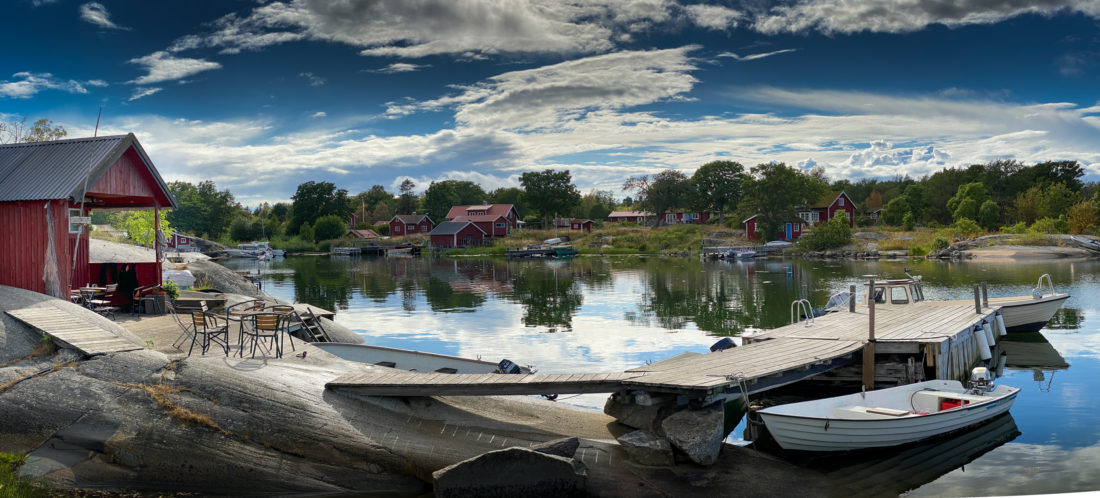




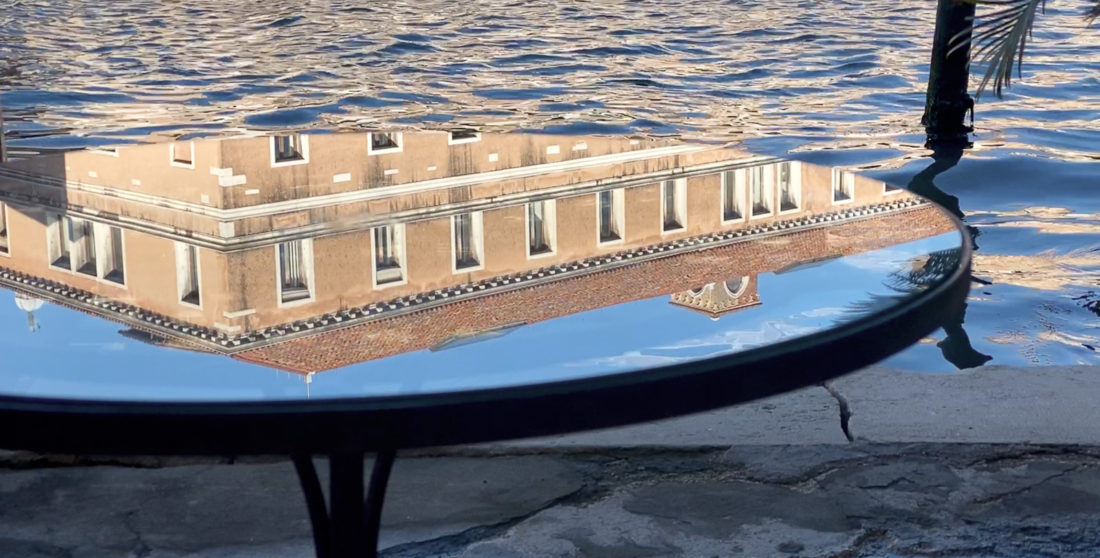
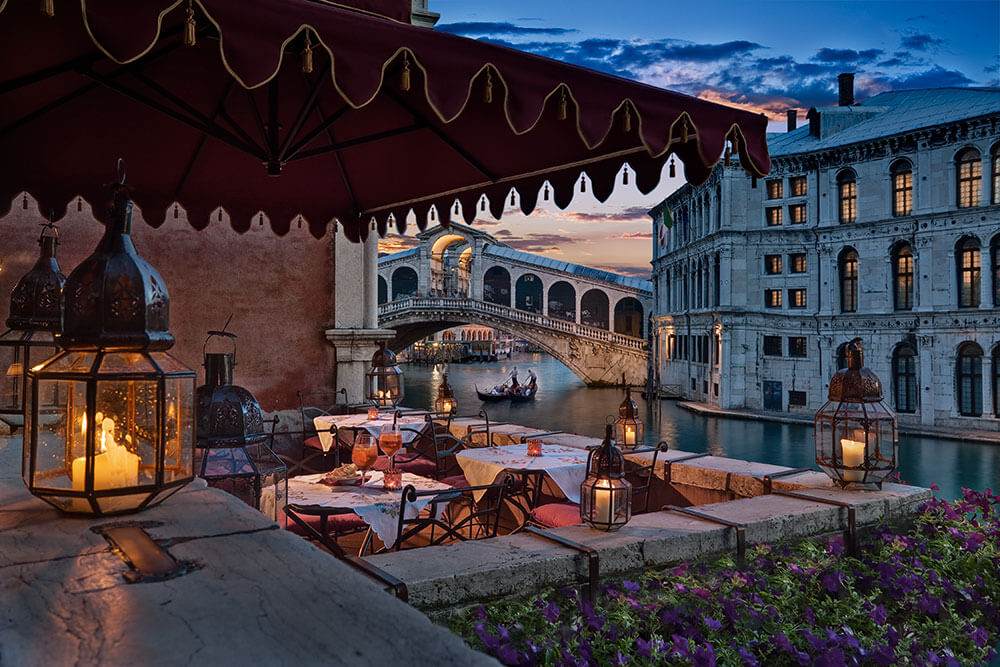
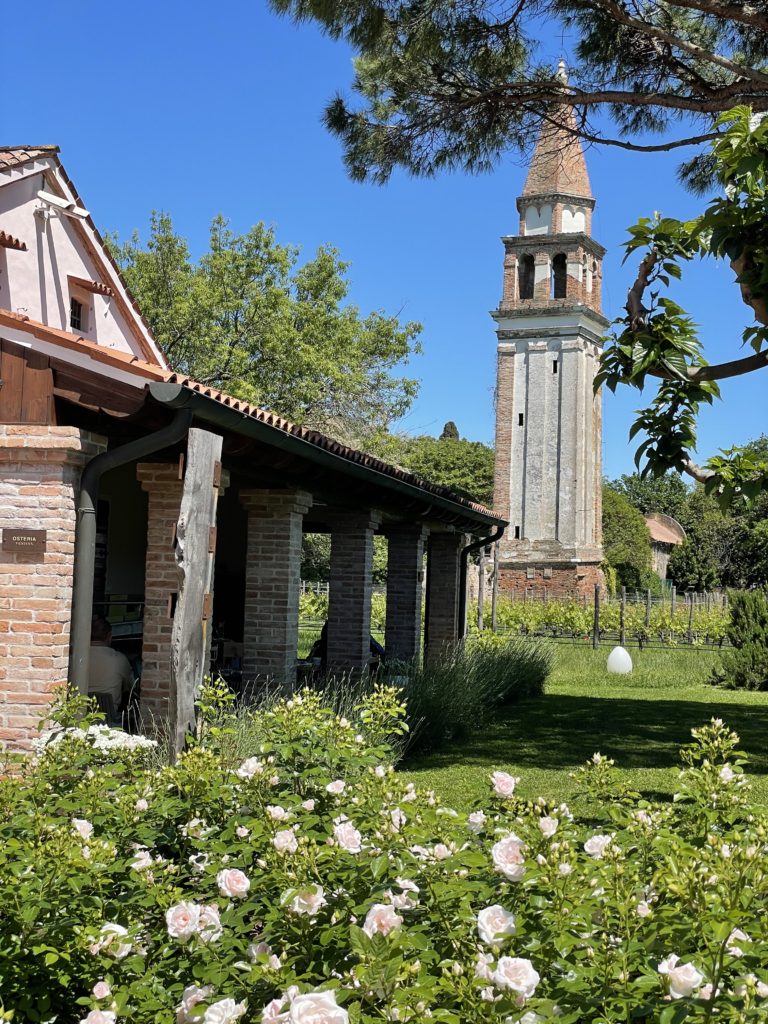

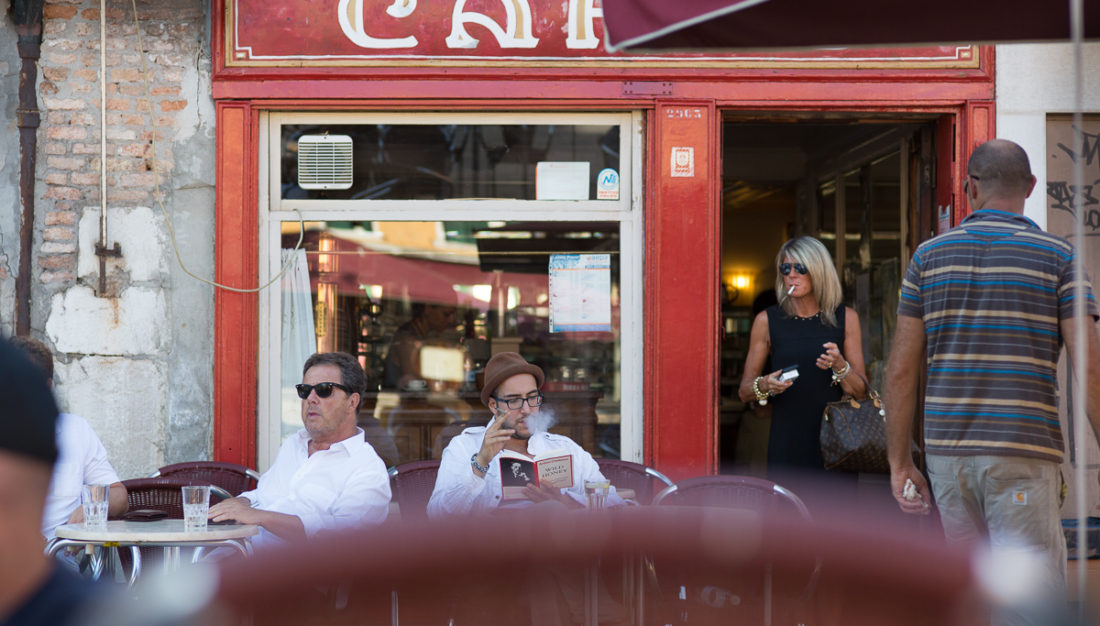
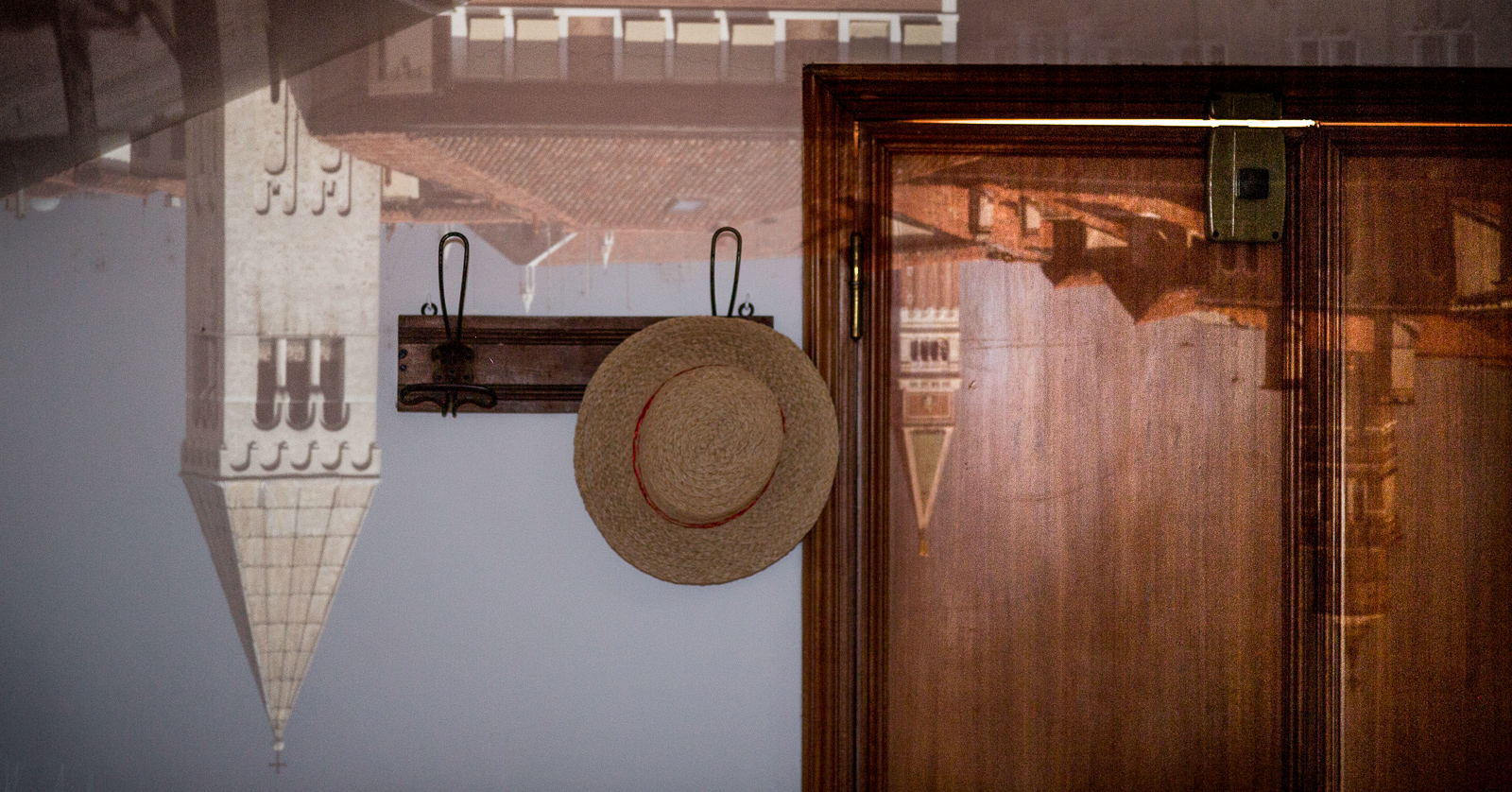

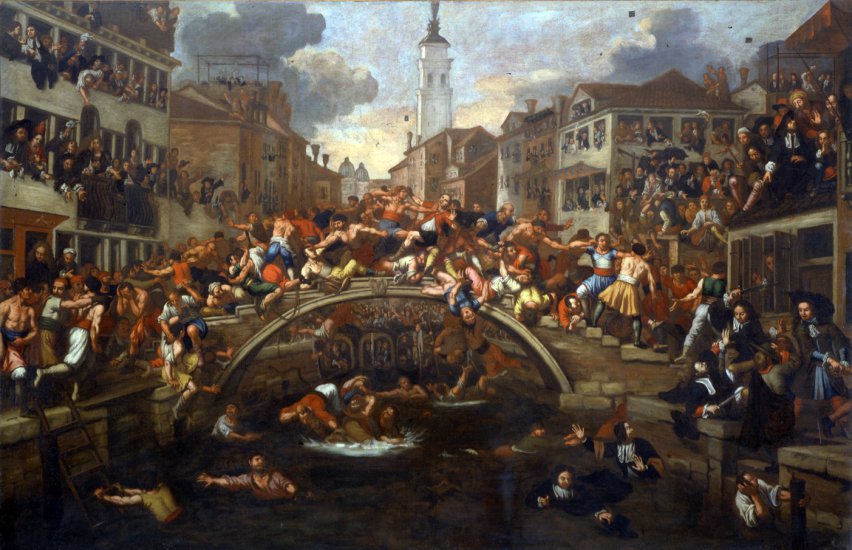 outlawed in 1705, because of the injuries and fatalities.
outlawed in 1705, because of the injuries and fatalities.